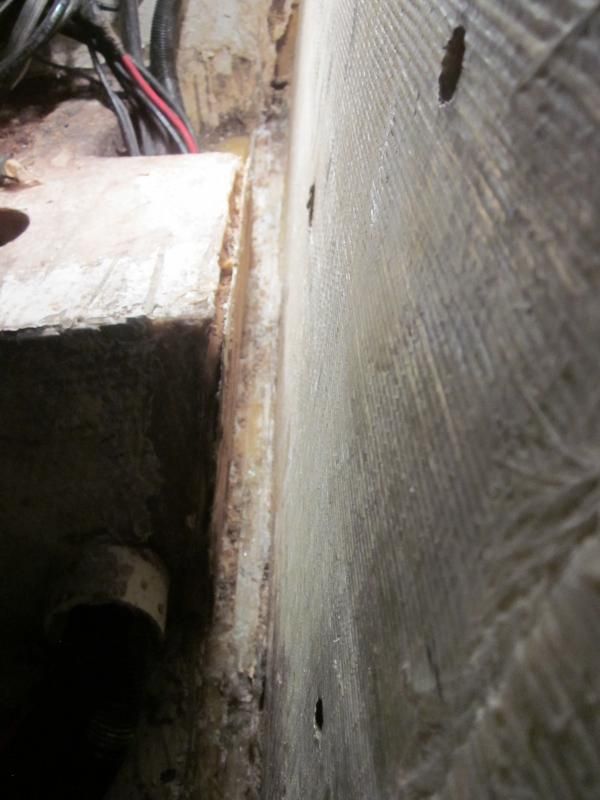jigngrub
Fleet Admiral
- Joined
- Mar 19, 2011
- Messages
- 8,155
You know it's funny jig, one layer of woven roven tabbing from the stringer to the transom (peeled off easily) and not a whole lot of tabbing in general. I think that anything I do will be miles ahead. I think this one went from the top down(rain water). I was going to build transom, fit, completely encapsulate on the bench with 1708, then install. What'ya think?
You going poly or epoxy resin?
If poly resin and you can get it to fit between the stringers and transom skin I say go for it. PB the snot out of it, slide her in and clamp it off and fillet. Tab her in after the cure and maybe another layup of 1708.
If you're going to use epoxy, I'd just give the wood 3 or 4 good coats then slide her in, clamp, and fillet. then tab and layup after the cure.
The epoxy method will give you a little more clearance between the stringer butts and transom skin if you need it.
Of course some people may say the above methods I've described are all bassackwards and I don't know anything about nothing... but it's the way I'd do it, right or wrong.




























